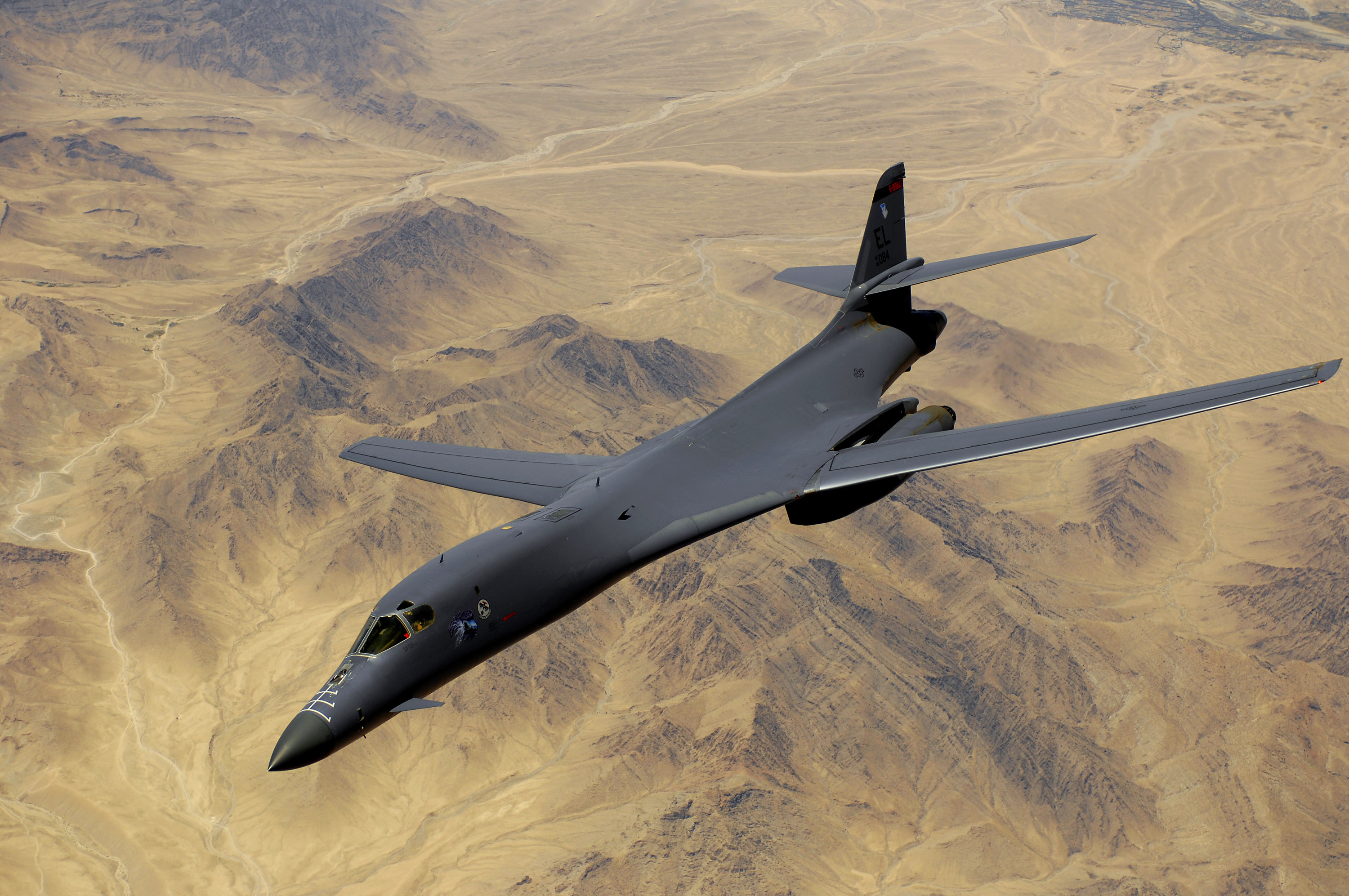October 18 in U.S. military history
1775: A small British fleet commanded by Capt. Henry Mowat bombards the town of Falmouth, Mass. (modern-day Portland, Maine), setting most of the coastal settlement on fire with incendiary cannonballs. Mowat then sends a landing party ashore to destroy any buildings that were still standing, and the “Burning of Falmouth” will provide the inspiration for the Continental Congress to establish the Continental Navy.
1917: A convoy bearing the newly created 42d “Rainbow” Infantry Division sails from Hoboken, N.J. for France. The unit consists of federalized National Guard soldiers from 26 states and the District of Colombia, and its chief-of-staff is Col. (later, five-star general) Douglas MacArthur.
1942: Adolf Hitler issues his “Commando Order”, stipulating that any captured Allied commandos – even if they are wearing uniforms – will be executed without trial. Numerous Office of Strategic Services (OSS) agents and Army Air Force pilots and crewmembers are killed because of the order, and German officers carrying out illegal executions under the Commando Order will be tried for war crimes during the Nuremberg Trials.
1943: After 11 months of intense training, the 29th Ranger Battalion (Provisional) is disbanded before the American commandos can participate in combat action. The Rangers return to their original units, bringing with them advanced skills they can share with the regular troops, like penetrating deep behind enemy lines, staging raids, and intelligence gathering.
1944: Following an hour-long enemy artillery barrage, Sgt. Max Thompson was working on evacuating casualties when he noticed that German troops had overrun a position held by his fellow soldiers. Thompson charges toward an unoccupied machinegun and works to stem the assault. He fires away until his weapon is destroyed by an enemy tank round. Alone and dazed from the blast, he grabs an automatic rifle and manages to halt and disperse some of the assaulting force. When his gun jams, Thompson picks up a rocket launcher and sets an enemy tank on fire. Later that evening, his squad was given the task of dislodging the few Germans that Thompson didn’t run off with his one-man attack. He crawls to within 20 yards of a pillbox and attacks the occupants with grenades. Once they were aware of his position, the enemy poured heavy fire on Thompson. Although wounded by the bursts, he held his ground and continued raining grenades into the position until the Germans abandoned it.
For his incredible heroism, Sgt. Thompson is awarded the Medal of Honor.
1977: USS Dwight D. Eisenhower (CVN-69) is commissioned, becoming the United States’ third nuclear-powered aircraft carrier.
1983: Two years after the project was revived by President Ronald Reagan, the Rockwell B-1B Lancer supersonic bomber makes its first flight. Originally envisioned in the 1960s to combine the speed of the B-58 Hustler and the payload of the B-52 Stratofortress, the B-1 had been cancelled in 1977 after just four swept-wing prototypes were built. Lancers, originally intended to carry nuclear payloads, would later be fitted for conventional weapons and will not see combat until the 1998 bombing of Iraq (Operation DESERT FOX). During the War on Terror, 40 percent of the munitions dropped during the Afghanistan campaign have been delivered by B-1Bs.

Today’s post is in honor of Staff Sgt. Jarred S. Fontenot, who was killed in action on this day in 2007. The 35-year-old native of Port Barre, La. died in Baghdad of wounds from an improvised explosive device and enemy small-arms fire. Fontenot was assigned to 2d Battalion, 12th Infantry Regiment, 2d Brigade Combat Team, 2d Infantry Division.

A CVN is an aircraft carrier, not a submarine.